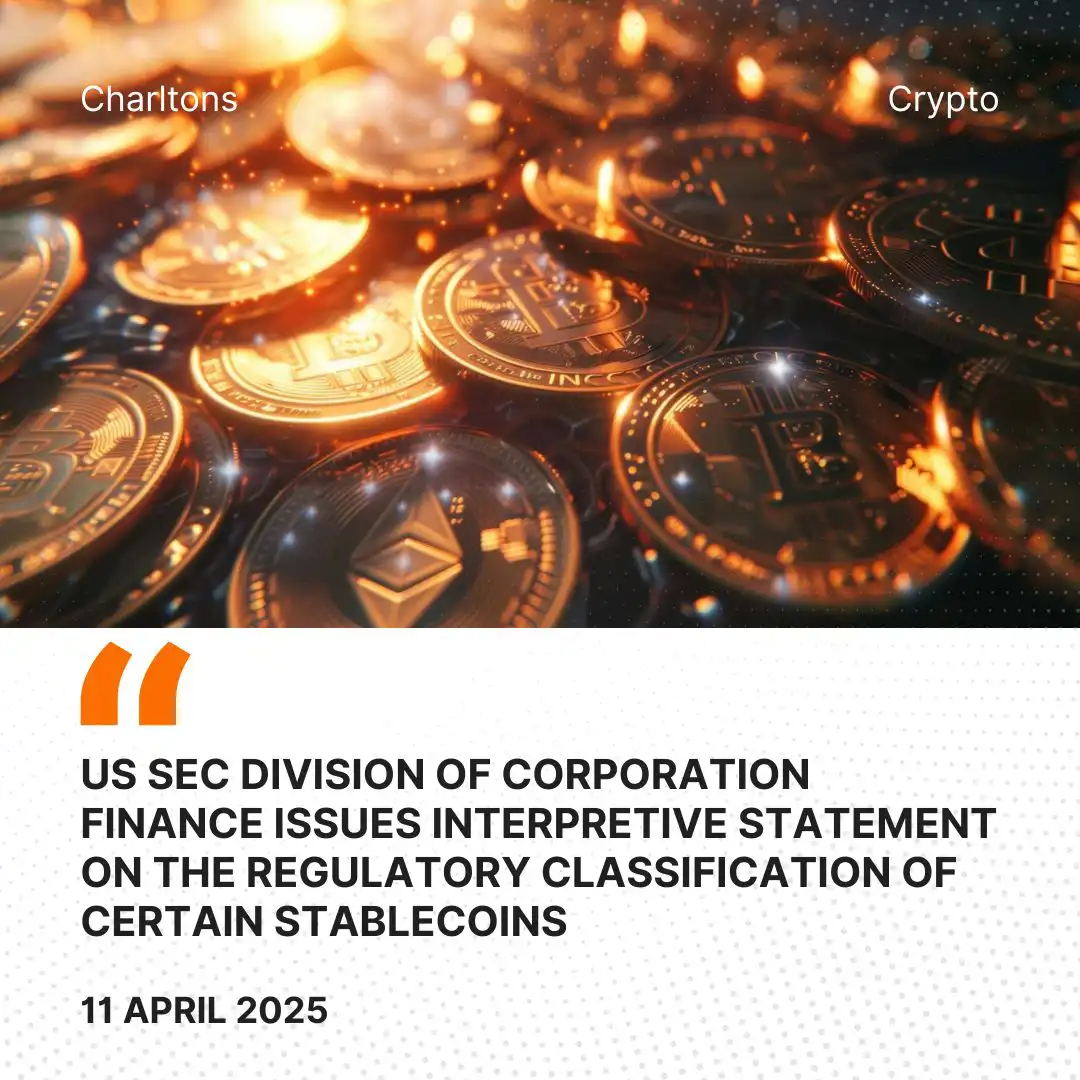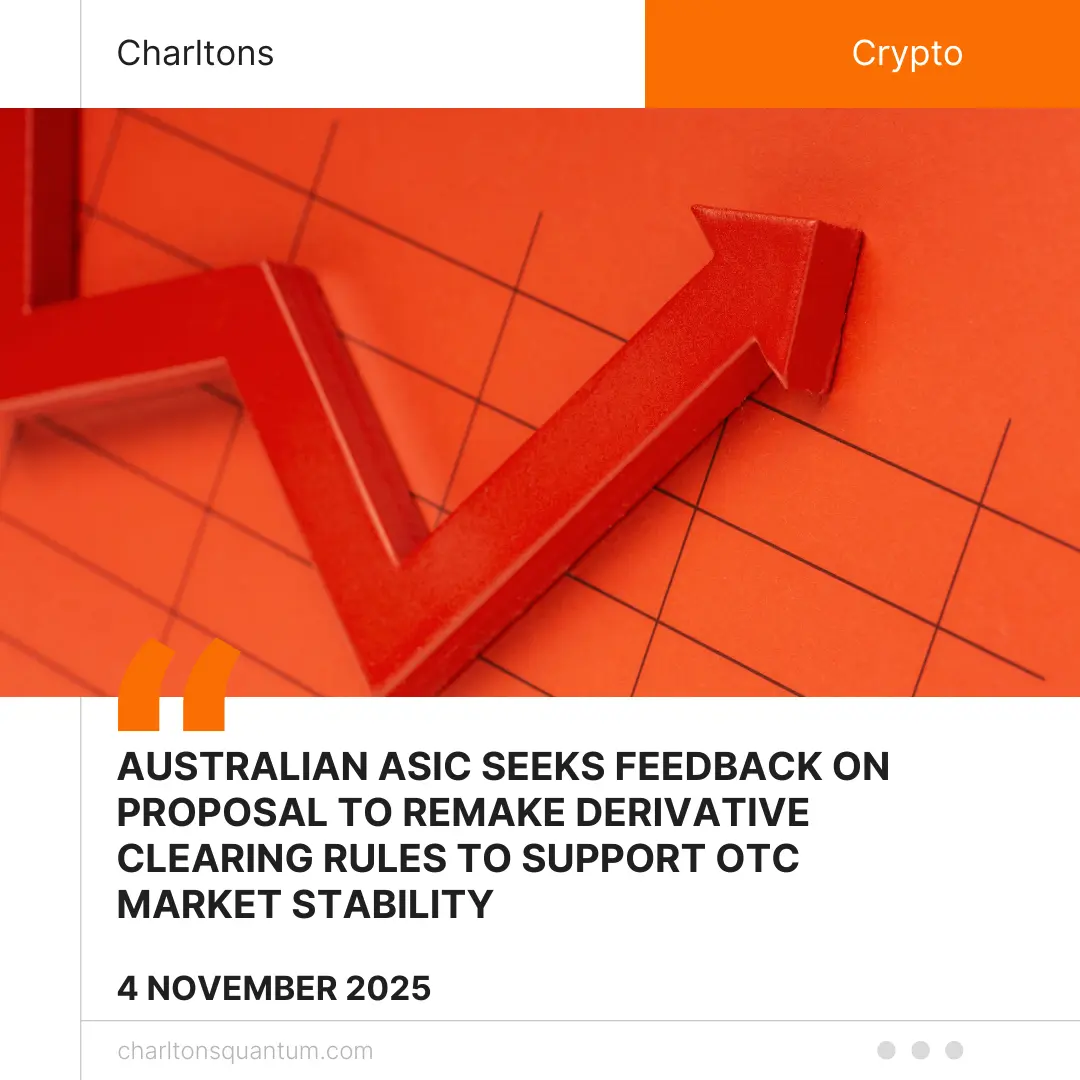
On 04 April 2025, the United States Securities and Exchange Commission (US SEC) through its Division of Corporation Finance released a statement on stablecoins offering clarity on the legal characterisation of certain fiat-backed crypto assets. In its interpretative document titled Statement on Stablecoins, the Division articulated that specific types of stablecoins, defined as “Covered Stablecoins”, do not constitute securities under the federal securities laws when issued and redeemed under prescribed conditions. This clarification emerges amidst a broader institutional movement spearheaded by the US SEC’s Crypto Task Force, reflecting a growing commitment to bring regulatory precision to crypto asset markets.
The Statement on Stablecoins forms part of the US SEC’s evolving efforts to delineate the boundary between financial innovation and statutory obligations under the United States Securities Act of 1933 and the United States Securities Exchange Act of 1934. The US SEC’s Division of Corporation Finance explicitly stated that the offer and sale of Covered Stablecoins do not constitute the offer or sale of a “security” and are not subject to registration under federal securities laws. Covered Stablecoins, in this context, are stablecoins designed to maintain a one-to-one value peg with the United States Dollar (USD), fully backed by low-risk, highly liquid reserve assets, and redeemable on demand without limitations.
What are stablecoins according to US SECs Division:
According to the US SEC, “Covered Stablecoins” are crypto assets that, “Maintain a stable value relative to the USD on a one-for-one basis; are redeemable at any time for USD, without quantity restrictions; are backed by reserves composed of USD or other low-risk, readily liquid assets; are not designed to generate profits or returns for the holders; do not convey voting rights or financial interest in the issuer; are offered and marketed exclusively as digital means of exchange or value storage, and not as investments.”
Application of the Reves Test
The Reves test provides a rebuttable presumption that notes are securities unless they strongly resemble one of the types of commercial arrangements traditionally excluded from this definition. The US SEC assesses Covered Stablecoins against the four Reves factors:
- Motivations of Buyer and Seller:
“Buyers purchase Covered Stablecoins for their stability and attendant use in commercial transactions or as a store of value,” not for investment returns, the Division notes.
- Plan of Distribution:
Although Covered Stablecoins may be widely distributed, they are not subject to speculative or investment-based trading, but rather stabilised through arbitrage mechanisms.
- Reasonable Expectations of the Public:
The US SEC highlights that “Covered Stablecoins are not marketed as investments” and emphasises that “a reasonable buyer would likely expect that Covered Stablecoins are not investments.”
- Risk-Reducing Features:
The maintenance of a fully collateralised reserve fund that is neither commingled nor used for discretionary investments mitigates the kind of investor risk typically associated with securities.
The US SEC concludes that the cumulative effect of these factors rebuts the presumption that such Covered Stablecoins are securities.
Application of the Howey Test
As a precautionary analysis, the US SEC also applies the Howey test, which evaluates whether an arrangement constitutes an investment contract by asking whether there is An investment of money; In a common enterprise; With a reasonable expectation of profits; Derived from the efforts of others. The US SEC states that Covered Stablecoins fail to meet these criteria, noting, “buyers are motivated to use or consume Covered Stablecoins as so-called ‘digital dollars’ in the same way one would use USD,” not to profit from managerial or entrepreneurial efforts.
According to Reserve Structure and Transparency, ‘Covered Stablecoins’ must be backed by a reserve held in segregated accounts, composed of permissible assets such as:
- USD cash and equivalents;
- United States Treasury securities;
- Registered money market funds.
These reserves must not be used for operational purposes, lent, pledged, or subjected to claims from third parties. Some issuers may also publish “proof of reserves” to affirm one-to-one backing. The US SEC noted the importance of marketing language in determining whether a stablecoin is a security. Where such assets are portrayed as “digital dollars,” with no rights to profits, ownership interests, or governance rights, and are not promoted as investment opportunities, the public perception is aligned with their intended commercial use.
This statement is a step toward legal certainty in the treatment of payment stablecoins. US SEC’s Division clarifies that its views are not dispositive and do not override judicial interpretation or future US SEC’s action. Each stablecoin must be assessed on a case-by-case basis, considering its structure, redemption mechanism, and marketing. As the Crypto Task Force roundtables continue, this may further rulemaking and harmonisation across financial regulatory bodies. Entities issuing or engaging with stablecoins are advised to maintain compliance practices in line with this interpretive guidance to avoid enforcement risks. For inquiries and interpretive assistance, market participants may contact the Division’s Office of Chief Counsel via the US SEC’s official website.
(Source: https://www.sec.gov/newsroom/speeches-statements/statement-stablecoins-040425)





